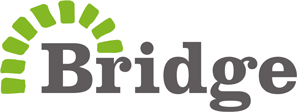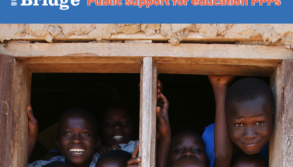New USAID education policy favours brains not buildings
29 November 2018
The United States revealed a new education framework to steer the country’s funding of education around the world. With an annual budget of around $16 billion US Dollars, the US Agency for International Development (USAID) has tremendous influence. As such, the stakes were high as to what the agency would prioritise in their new approach.
This is the first-ever U.S. Government wide strategy on international basic education to “achieve a world where education systems in partner countries enable all individuals to acquire the education and skills needed to be productive members of society.” Following this strategy, USAID launched its Education Policy, which sets priorities and direction specifically for USAID’s investments in education in order to “achieve sustained, measurable improvements in learning outcomes and skills development.”
Throughout the Strategy and Policy, the emphasis on capability and capacity building of local government departments is key and should be applauded. Systems transformation becomes the thrust of the USAID approach so that governments in low and middle income countries are able to transition towards taking on more of the burden of delivering quality learning for all. It is an aim that most people stand fully behind, which is why we at Bridge are already supporting local government led system change projects in Nigeria and Liberia. We consistently champion that local governments can and should reform and improve their education systems.
The new USAID education strategy has four priorities:
- Increasing access to quality education that is safe, relevant, and promotes social well-being;
- Ensuring children and youth gain quantifiable literacy, numeracy, and social-emotional skills that are foundational to future learning and success;
- Fostering skills needed to lead productive lives, gain employment, and contribute positively to society; and,
- Build the capacity of higher education institutions in developing countries to conduct and apply research, deliver quality education, and engage with communities.
Laudable ambitions, but how will they be achieved? Two elements that are interwoven throughout stand out as particularly strong new additions to the quality of the analysis when it comes to delivery mechanisms.
First, the new policy will boost USAID’s engagement with faith-based and private-sector schools. There is a debate about whether non-profits and governments should be the only actors on the stage, and the conclusion that USAID has come to supports more actors in the sector in the medium-term. This resonates with our own research, which shows 75% of US people support the funding of public-private partnerships in education in the developing world. With the right policies to govern delivery partners, it can only be right to get as much help as possible due to the scale of the global challenge.
Second, USAID will load resources on initiatives that deliver measured learning outcomes for children. It’s not enough to just count how many new schools have been delivered or who is in class. There is a global crisis of learning – and most children globally are in a school building where there is no quality learning. So the focus on measuring children’s mental development is key, and an issue that Bridge has been advocating for nine years. This is part of the rationale as to why Bridge is so passionate about the science of learning and making sure that teachers have the benefits of the latest research in their lesson guides.
Additionally, Bridge also commends the inclusion of other noteworthy objectives set by the agency: the desire to help get more girls into good schools, the focus on education for children in crisis and conflict areas, a realisation that there is a growing call for transparency/accountability, and the collection and use of data to justify decisions and demonstrate outcomes.
In these regards the strategy aligns with the new DFID education strategy in the UK. It is not stretching the point to say that taken together, the UK and USA education strategies for development illustrate the growing trend of support for a broader variety of partners to deliver better education from all sectors. The desire for positive change within local government education ministries, and the focus on measurable results for children’s learning, are part and parcel of Bridge’s work in Liberia and Nigeria.
However, at present this strategy is only a record of good intent, and aid experts around the world are waiting to see how it is translated into solid new funding and support mechanisms that will help the kinds of stakeholders the strategy alludes to. The success of this new approach will come down to how the policies are put into practice and whether the agency does more to reach out to, encourage, and embrace all actors outside of the usual USAID financial support recipients. Bridge encourages USAID to develop new tools, grant windows, and support structures to partner with organisations who are nimble, effective and innovative, but may not have decades of track record of working with USAID.
The challenge facing the international community remains significant, and is neatly summarised by USAID when it reminds us that “More than 617 million children and adolescents do not have minimum proficiency in reading or math, regardless of whether or not they attend schools.” This is more than half of all children in the world.
The billions that USAID will spend on improving education will be going in the right direction if the strategy is effectively implemented. Bolstering education systems in developing countries, while embracing new partners, advances wider international security, helps accelerate economic growth at home and abroad, and improves public health.









